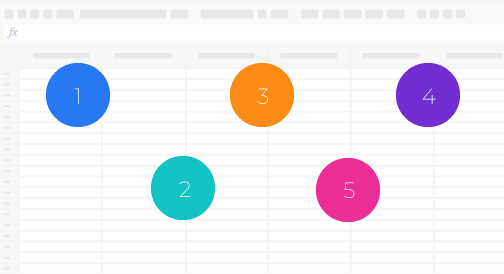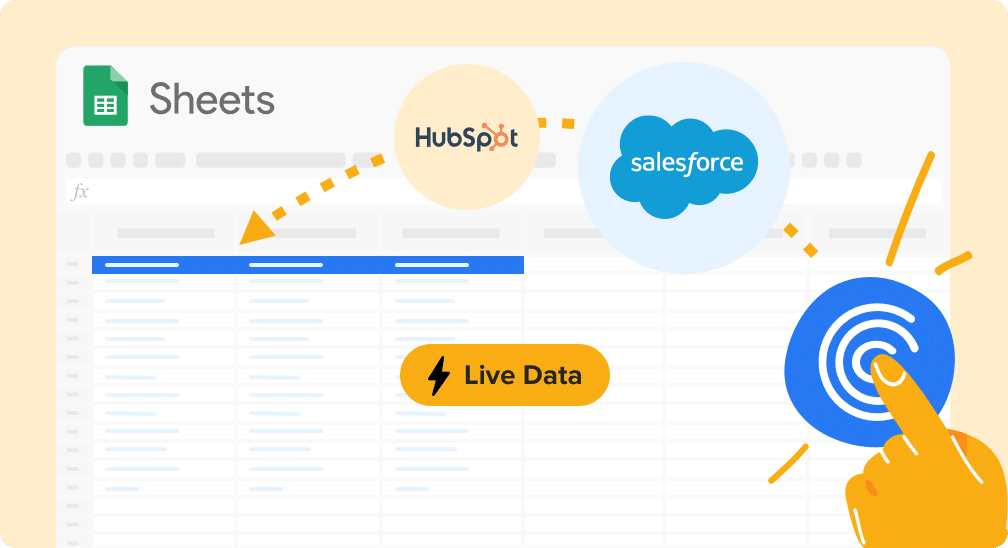Despite election coverage and coronavirus dominating the headlines, Snowflake’s recent IPO still managed to capture attention from the masses. Two days after its initial offering, Snowflake’s shares doubled — making it the biggest software IPO of all time.
Some experts contemplated whether their unprecedented Wall Street debut was a sign of the times or a true indication of their value. As we move into October, all signs point to the latter. And for those of us who have worked with Snowflake’s platform — their success is not surprising.
The more important thing we should focus on is what Snowflake’s success reveals about business needs and what that means for the future of data as we know it. Let’s break down some key takeaways from Snowflake’s unprecedented success.
How Snowflake solved the first half of the data problem
Several years back, Snowflake recognized where the market was headed — the cloud. They pioneered a new architecture for cloud data warehouses that allowed companies to keep storage costs low and scale their compute witsh their business needs. Snowflake built a data solution that gave companies the ability to harness the power of their data without the red tape.
For the vast majority of Saas companies, accessible data is essential to product functionality and optimization. But historically, being able to leverage user data has been challenging — derived from many different sources and difficult to streamline.
Beyond the data accessibility issue, data warehouses are complex and require a dedicated resource to learn and manage. Snowflake recognized this disadvantage and instead built their database engine in a cloud-first way that allowed companies to get started easily. By doing this, Snowflake eliminated data gatekeeping and empowered engineering teams to take control of their data.
Snowflake’s success lies in building a ready-to-use data warehouse in a SaaS format. Basically — they took the typical data warehouse model and flipped it on its head. By utilizing the cloud, Snowflake built a platform that was fast, user-friendly, and easily accessible. Now, companies can make the valuable data they collect even more actionable across their business.
Recognizing the other half of the data problem
With Snowflake, data teams can now easily streamline and share their data across their organization to glean valuable insights that influence important decisions. The one thing that’s missing? The ability to extend those data insights to the non-technical members across the organization.
Most companies will invest in one or more BI tools to use as their visualization layer on top of Snowflake.. But those BI tools are still largely based in SQL — a coding language with a steep learning curve for business users.
Basically, Snowflake solved the data accessibility issue for engineers. Even as companies scale Snowflake across their business lines,the vast majority of business users are still not equipped with the technical skills to leverage this data. Popular tools like Looker and Tableau have dashboards that are more user friendly, but that requires a lot of technical leg work on the back end and is typically only a prebuilt dashboard or view with some filtering capabilities.
If a question arises that hasn’t been pre-modeled, the process usually turns into a painful back and forth between IT and the business to get to the right data. The end result is often an export to a spreadsheet where the business user is most comfortable. Unfortunately, at this point, a new set of pain points emerge around the ability to operationalize that data.

Stop exporting data manually. Sync data from your business systems into Google Sheets or Excel with Coefficient and set it on a refresh schedule.

Using spreadsheets to maximize your Snowflake investment
This is where connected spreadsheets come in. Most companies use a combination of spreadsheets and BI tools to analyze their data. The problem? They’re not currently connected to Snowflake so the data becomes stale as soon as it’s exported.
Spreadsheets are the most ubiquitous tool used in business. Imagine the capabilities if they were connected to Snowflake and the business teams could answer their most pressing questions without ever leaving their spreadsheet.. It’s time to make this a reality and finally empower our teams to have full, unrestricted access to data regardless of technical ability.
Snowflake + Connected Spreadsheets = Match made in heaven
Snowflake has validated cloud companies and the importance of accessible data. But if that data is exported to an offline spreadsheet and manipulated, are you really any better off?
Connecting Snowflake to spreadsheets is the only way to make it truly accessible to your entire organization while also maintaining its integrity. Business users will finally have the insights they need in a format they understand. Then, they can finally harness the true power of the incredible technology that Snowflake built.
Coefficient is a Snowflake Select Technology Partner and provides a one-click connector for Snowflake and Google Sheets, amongst many other spreadsheet connectors, making data blending super simple.






